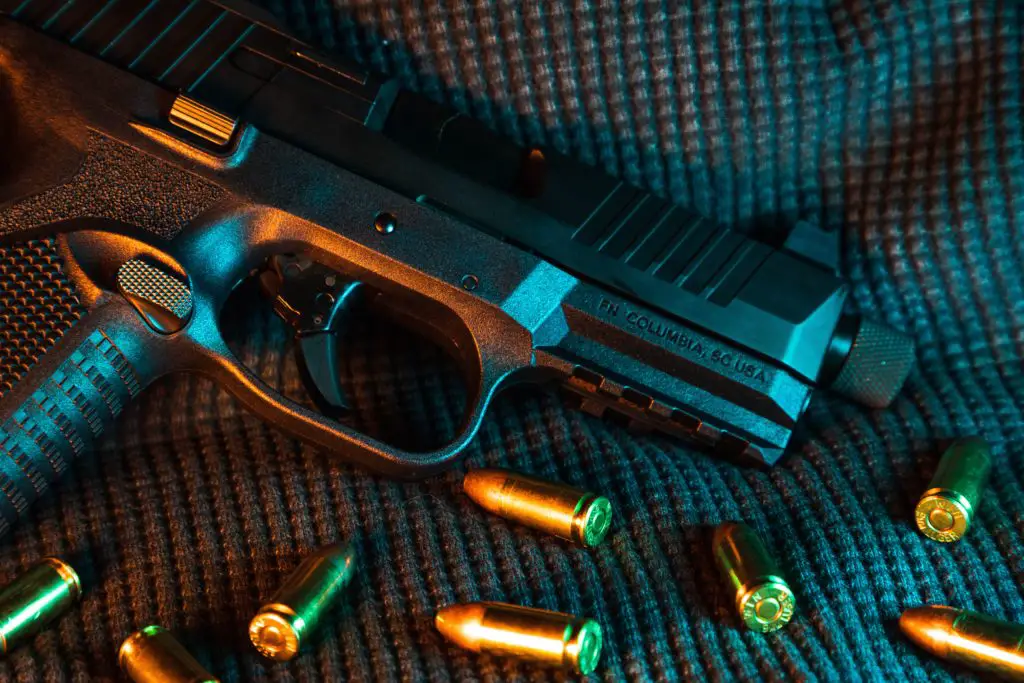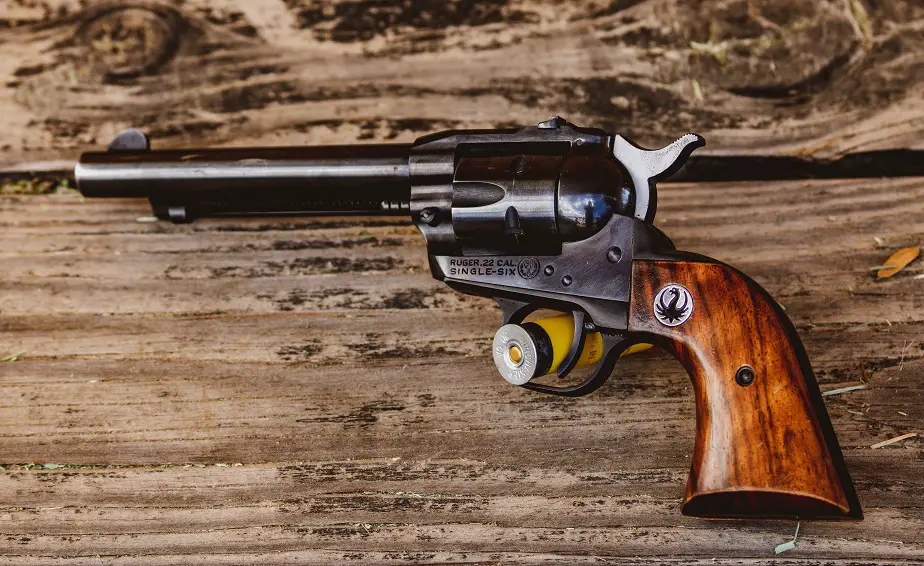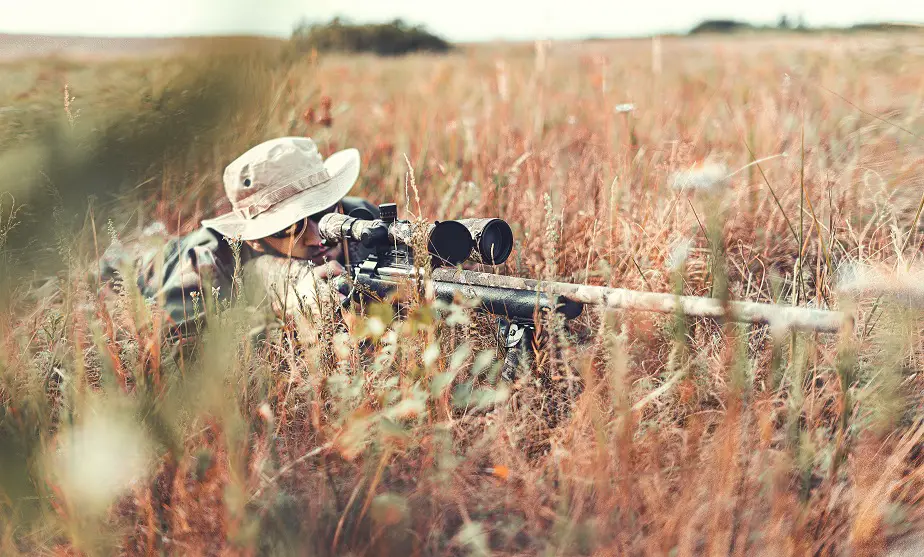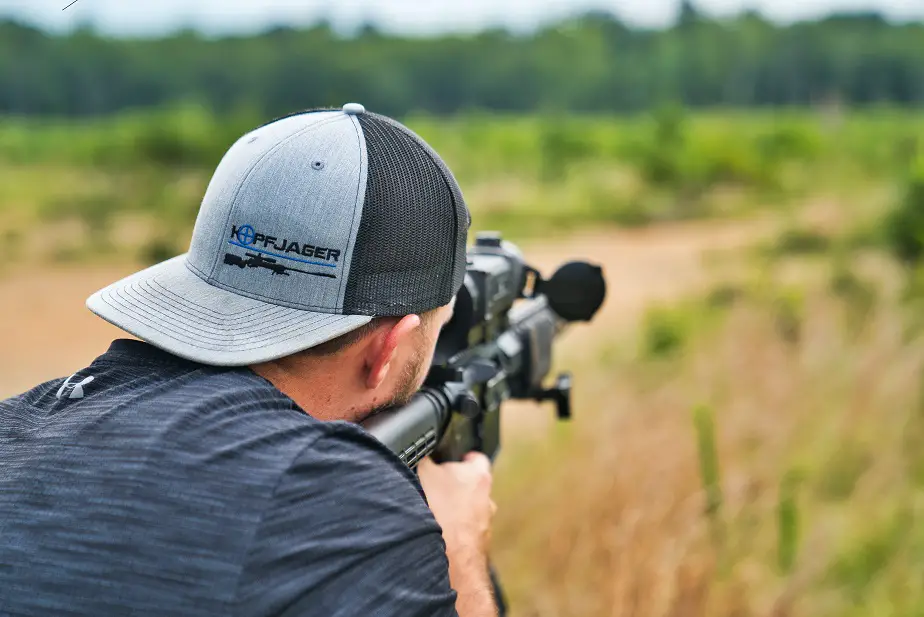I teach marksmanship courses that begin with several hundred dry fires. I’m a proponent of it. some of my students are unwilling to dry fire their guns, for fear something will break. This one’s for you folks.
Dry firing will not damage most modern firearms. In some rimfire guns, the firing pin will strike the breach face and may chip the breech or damage the firing pin. Modern centerfire firearms may be occasionally dry-fired without worry. Manufacturers recommend a snap cap if you dry fire often.
Dry firing is a contentious topic, especially among the old-timers. I’ll show you when you should and shouldn’t break that old-time rule.

Can Dry Firing hurt my Gun?
My dad taught me and my five brothers to never dry fire a gun. I was told, as was he, that it will surely break the firing pin. To this day, he’d sooner be caught dead than dry fire any of his firearms. He doesn’t even like to try the trigger on a firearm at the gun store.
Dry firing a weapon certainly can wear things down, though not nearly as fast as firing with a live round. Let me put it this way; what is easier on a piece of metal: pulling the trigger and hearing a subtle click, or pulling the trigger, having the same click and add an explosion and metal parts slamming back.
What do you suppose is easier on the firing pin? Well, the one without the explosion. Dry firing creates significantly less force on the firing pin than actually shooting the gun does. So, based on that alone, I’d say it’s fine to dry fire a gun. but, there’s more to it than that.
The concern that I often hear is that if the firing pin doesn’t have a piece of soft brass to hit, it will potentially be damaged. It just seems that that’s not the case, with few exceptions. Today, most experts say that advancements in metallurgy have simply allowed us to build better firing pins, and that’s true.
I do know that during both world wars, quality metal was mostly used by the war effort and a lot of low-quality steel was used to make firearms, and I bet that played a part in why our grandparents have a fear of dry firing their old trusty smoke poles.
On a centerfire firearm, the firing pin usually has a tapered or stepped-up shoulder to keep it from going too far forward. When fired with a bullet in the chamber, the primer of the cartridge acts as a bit of a cushion to slow it down before the shoulder impacts the firing pin channel.
On some old guns, there is a concern that when that shoulder impacts the firing pin channel, it will possibly snap the firing pin. I would suppose, if you have a rare antique gun, you may want to abstain from dry firing for the incredibly low chance that it would hurt a gun for which parts cannot be had.
Now, there is another part to this. You can wear out a trigger and firing pin from dry firing. It takes a very long time, but you can. You also wear out a gun, albeit faster, if you actually shoot it. now, herein lies another part of this old-time fiasco.
During the depression era, and even in the years after, you tried your best to make everything last. Imagine during a time when you couldn’t afford a new gun, and you wear it out dry firing before getting through the hunting season. I’m thinking that’s another part of the puzzle as to why grandpa hated dry firing.
In European and Asian countries where guns are pretty much illegal, Olympic rifle teams often replace the firing assembly, but seldom the barrel or action of their guns. that’s because they can’t get ammunition. However, they are very good shots.
Dryfiring 10,000 rounds in my AR15 would wear out the trigger, but I wouldn’t have to replace anything else, and I wouldn’t have had to buy 10,000 bullets. I say dry firing as shooting practice is totally worth it. Sure, its not as fun though

Can Rimfires be Dry Fired?
Yes and no. The problem with rimfires is that if the firing pin goes forward without a bullet in the chamber, it will impact against the breech face, which is solid steel. In some rimfire guns, it will peen the end of the firing pin and the firing pin will end up getting stuck in the firing pin channel.
Now, a lot of modern rimfire guns won’t do that. That’s because the firing pin is carefully machined to the proper length to impact the primed rim, but not be long enough to continue past and strike the breech face should a bullet not be in there. Thank you, modern machining practices.
The Ruger 10/22 rimfire rifle has left more than a few shooters with ample concern about dry fire damage. On the 10/22, the bolt doesn’t hold open after the last shot, so every 10/22 owner has tried to fire eleven bullets from a ten-round magazine, only to hear a subtle click, having inadvertently dry fired.
Ruger planned it out, it seems. They state that dry firing will not hurt the 10/22 in any way, and encourage their customers to use dry firing as a training exercise. The Ruger LCP 22 can be dry fire too, as long as the magazine is in. I don’t know what that’s about.
Henry Repeating Arms sells tons of 22 rimfire rifles. Henry states that dry firing is a safe practice with all their firearms. So, if you bought tone of those nice-looking lever action Golden Boy’s, you can click away to your hearts content.
Browning says that their newer firearms, including the Browning Buckmark rimfire pistol are fine to dry fire all you want without any fear. Sounds like most of the manufacturers say that it’s a fine practice, at least with their modern firearms.
Now, there’s a fancy pants company that makes competition rimfire rifles; Anschutz. Pretty sure that’s German. Those rifles are popular with the 22lr precision guys. Anschutz recommends against dryfiring their rifles. They even make a modified firing pin for competitors who want to dry fire often.

Dry Firing with Snap Caps.
If you still are not convinced, you should sleep on it. But there are still ways you can get dryfire training and keep your piece of mind. You can avoid any chance of extra harm to the firing pin by dry firing with something in there. You can either use a spent case, or a snap cap.
You can simply pick up a fired cartridge, pop it in the chamber, and go click without worry, because the firing pin has a nice soft brass primer or rim to hit. Honesty, it works well enough. They don’t cycle in from a magazine very well though. You may have to put it right in the chamber manually.
If you want to be able to load a magazine and cycle these blank rounds ton practice your trigger control, you probably need snap caps. Snap caps are basically just solid plastic cartridges with a rounded end like a bullet son they feed into the chamber.
Some of them have a primer under spring tension that will give a little when the firing pin hits it, but it will go right back after the firing pin is reset. Those type seem to last longer without wearing out. They are all pretty cheap too. Usually under fifteen dollars for a pack.
If you have snap caps, you can also do some surprise drills. Have a friend load your magazine and put a snap cap in somewhere. When you get a click and no bang, you have to now run through the steps to identify and clear a malfunction in the field. It’s great fun, especially when your buddy doesn’t know you did it to them. All in all, dry firing is pretty well accepted today. If you have concerns, get some snap caps or use spent casings. But really,

